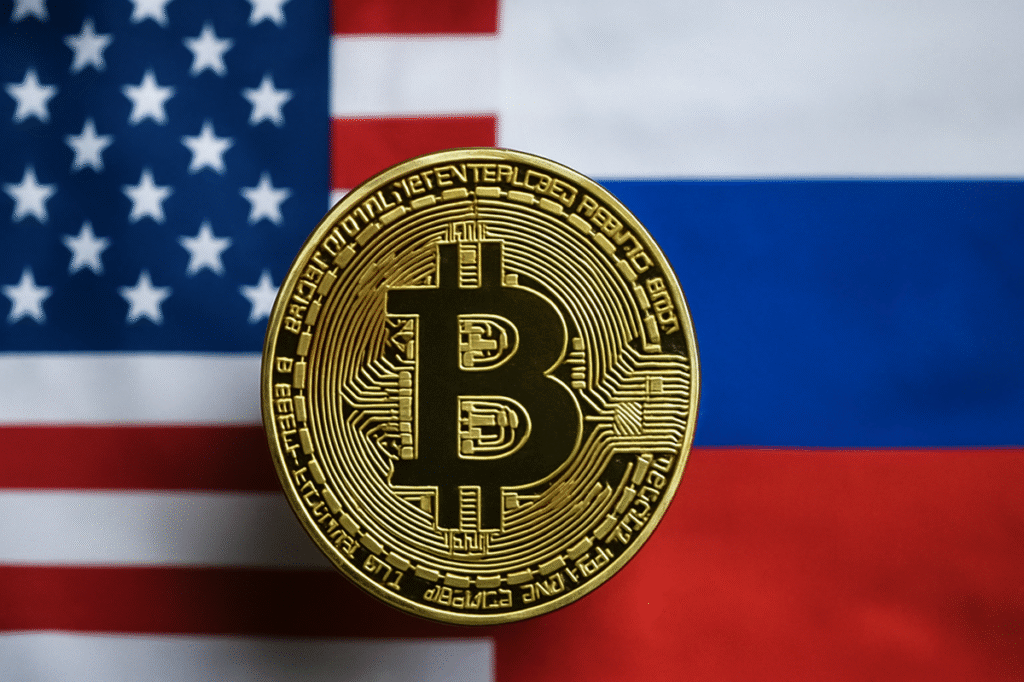In the world of finance, innovations are constantly reshaping how investments are structured and offered. A notable development has taken place in Russia, where new financial instruments have been introduced, linking traditional securities with the volatile yet promising world of cryptocurrencies. This fusion caters to a growing demand for diversified investment portfolios that incorporate digital assets. As financial landscapes evolve, understanding these emerging products can provide a competitive edge to savvy investors.
Exploring the Advent of Bitcoin-Linked Bonds in Russia
Russia’s powerhouse financial institution, Sber, which is primarily state-owned, has taken a significant step by unveiling a series of structured bonds. These innovative bonds are directly tied to the US dollar value of Bitcoin and the dollar’s performance against the ruble. This move opens a regulated pathway into cryptocurrency investments for qualified Russian investors without the need for crypto wallets or foreign platforms.
The Introduction of Bitcoin-Linked Financial Instruments
Announced on May 30, these ruble-denominated bonds are entirely settled within Russia’s domestic clearing and depository systems. Sber described these securities as offering dual yield opportunities, allowing investors to benefit from fluctuations in Bitcoin’s US dollar value and potential gains from the dollar strengthening against the ruble. Initially, these bonds are being distributed over the counter to a select group of qualified investors. Future series are planned to be listed on the Moscow Exchange (MOEX) to enhance transparency, liquidity, and accessibility for a broader range of investors.
The debut of these financial instruments coincides with the Bank of Russia’s recent easing of its longstanding restrictions on cryptocurrency-linked products. As of May 28, brokers and exchanges are permitted to offer non-deliverable derivatives and structured products tied to digital assets, provided they are restricted to “qualified” market participants and do not involve the physical exchange of cryptocurrency.
Sber’s Deputy Chairman, Anatoly Popov, emphasized that these bonds provide investors with a secure and convenient way to gain exposure to crypto assets while remaining compliant with Russian regulations. This initiative also aligns with Sber’s broader digital asset strategy, which includes developing a blockchain network, experimenting with a stable, ruble-pegged coin, and integrating with MetaMask.
Understanding the Structural Dynamics
The new bond operates as a synthetic call spread, referencing Bitcoin’s dollar price change over a specified period and any appreciation of the dollar against the ruble, subject to predefined caps. The settlement process occurs in rubles through Russia’s National Settlement Depository, thereby keeping investors within the legal framework and circumventing the complexities associated with holding Bitcoin abroad. Specific pricing details have not been disclosed.
Comparative Insights: The US Perspective
While Russia has made strides with Bitcoin-linked bonds, the United States is still contemplating similar initiatives. The concept of BitBonds is gaining attention, notably highlighted in a white paper by the Bitcoin Policy Institute (BPI). This paper proposes the US Treasury issue Bitcoin-enhanced Treasury Bonds, potentially yielding significant fiscal savings and creating a sovereign Bitcoin reserve. Despite the promising outlook, this proposal remains under discussion without formal legislative support.
How do Bitcoin-linked bonds work?
Bitcoin-linked bonds leverage the fluctuating value of Bitcoin and traditional currencies, providing dual avenues for potential returns. These bonds are structured to offer gains from the volatility of Bitcoin’s price in the market and changes in currency exchange rates, allowing investors to participate in the crypto market without direct ownership of digital assets.
What is the significance of Sber’s new bond offerings?
Sber’s bond offerings signify a major shift in how cryptocurrencies can be integrated into regulated financial products. By facilitating exposure to Bitcoin within a legally compliant framework, Sber is enabling Russian investors to diversify their portfolios and capitalizing on global cryptocurrency trends without the typical complexities of direct crypto ownership.
What challenges exist for similar products in the US market?
In the US, regulatory challenges and the absence of enabling legislation slow the adoption of Bitcoin-linked bonds. Although there is interest and potential benefits, such as reduced borrowing costs and a strategic Bitcoin reserve, these products remain theoretical until further policy support is secured.
As the financial sector continues to innovate, the integration of digital assets through structured products like Russia’s Bitcoin-linked bonds represents a significant stride forward, meeting investor demands for diversification and the inclusion of cryptocurrency in regulated investment portfolios.

